The Truth About Fast Fashion vs. Slow Fashion
What You Really Need to Know!
In the ever-evolving world of fashion, two distinct trends have emerged: fast fashion and slow fashion. These two approaches couldn’t be more different, not just in how they produce and consume clothing, but also in their broader environmental, social, and economic impacts.
The fashion industry is one of the biggest polluters on the planet, and its impact on the environment is immense. Fortunately, an alternative movement is gaining momentum: slow fashion.
Fast fashion is a system designed for speed, where clothes are produced at a rapid pace to keep up with ever-shifting trends. Driven by advertisements, celebrities, and designers, it focuses on quick turnaround times, low production costs, and frequent new collections. As a result, shoppers have access to a seemingly endless selection of budget-friendly, trendy pieces that are always up to date. However, this fast-paced model comes at a significant cost.
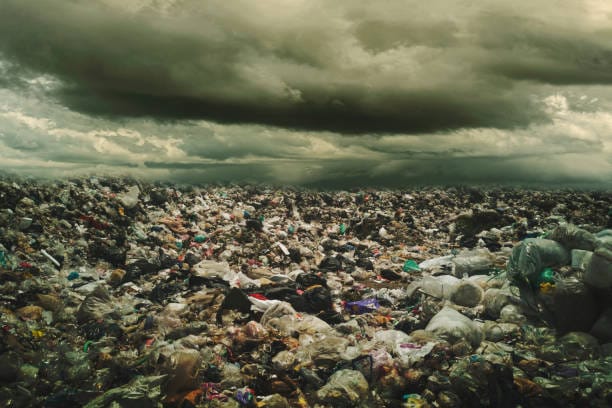

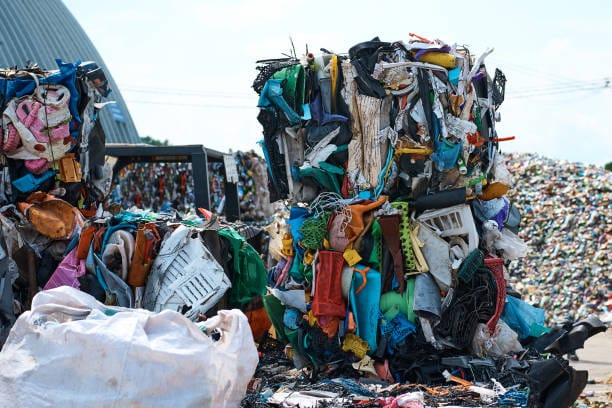
In contrast, slow fashion prioritizes quality, longevity, and environmental responsibility. It embraces the use of natural, organic, and recycled materials that are more sustainable and gentle on the planet. With a focus on timeless designs and superior craftsmanship, slow fashion offers garments built to endure, reducing the cycle of frequent replacements and minimizing textile waste. Additionally, many slow fashion brands commit to eco-conscious practices, such as conserving water, eliminating harmful chemicals, and incorporating renewable energy into their production processes.
Fast fashion brands prioritize fast, low-cost production. This results in poor quality clothing that wears out quickly, contributing to excessive waste. The environmental impact is severe – producing just one T-shirt requires 2,700 liters of water, enough for one person to live for 2.5 years. In addition, the industry uses harmful chemicals that pollute the water and air.
Slow fashion, on the other hand, emphasizes quality, longevity, and sustainability. It favors natural and organic fabrics like linen and organic cotton, reducing its ecological footprint. Many slow fashion brands also use ethical labor practices that ensure fair wages and safe working conditions. Instead of overproducing, slow fashion brands often make garments only to order, just like us, minimizing waste and excess inventory.
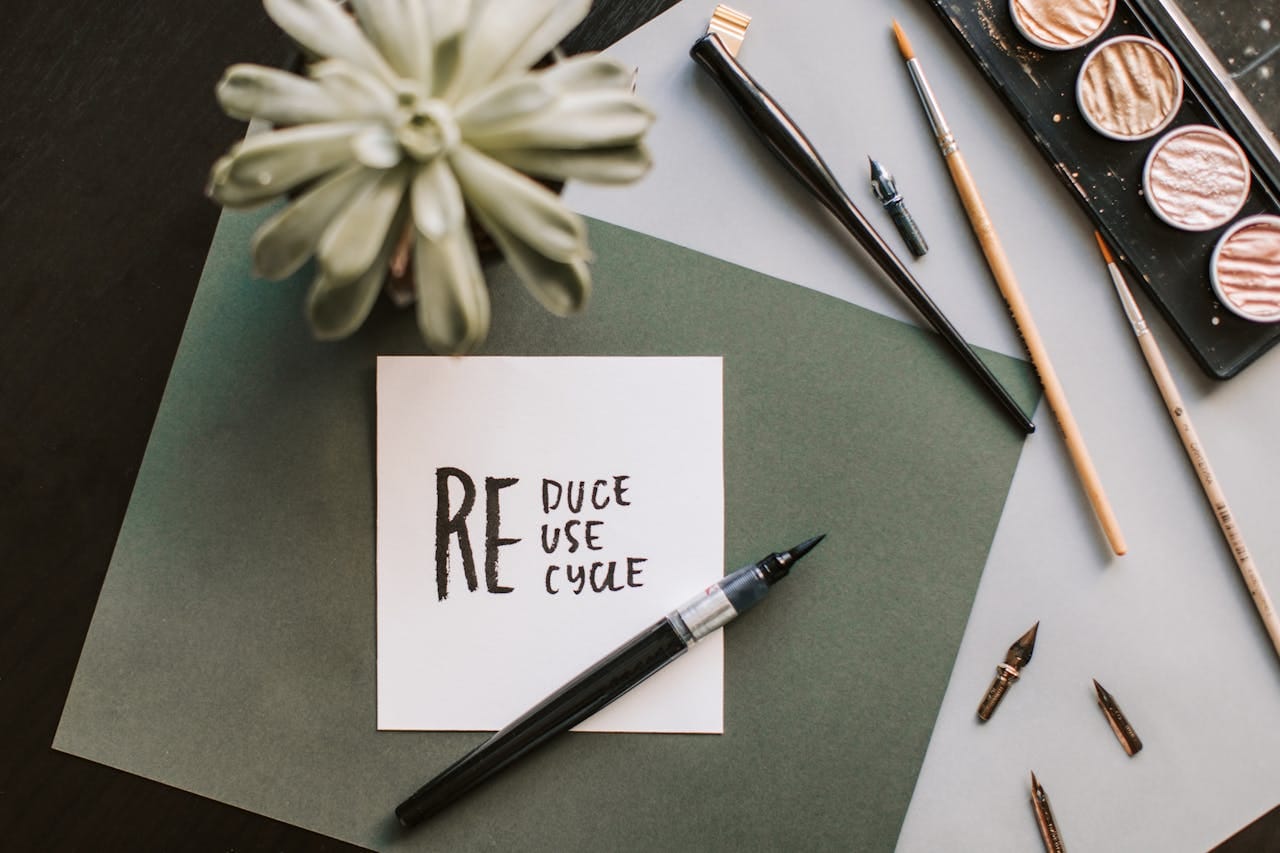
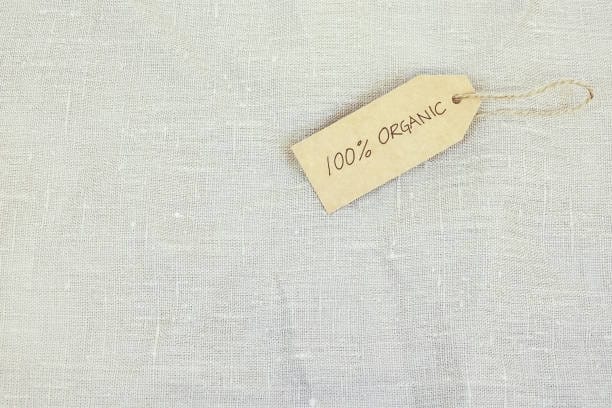
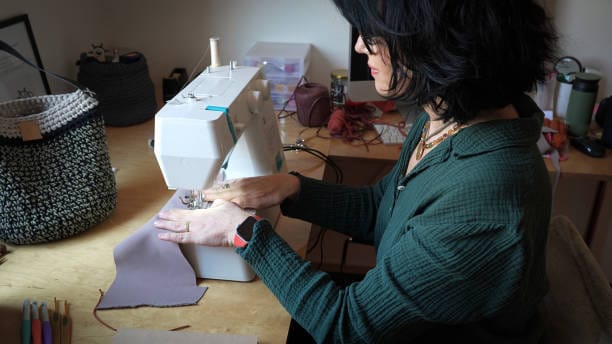
Like factory farming, fast fashion poses serious health risks—many of which go unnoticed. Toxic chemicals used in clothing production can be absorbed through the skin in just 26 seconds, entering the bloodstream.
In less developed countries, sweatshop workers face serious health risks, including long working hours, stress, frequent accidents or deaths, life-threatening diseases like cancer and lung disease, and reproductive risks.

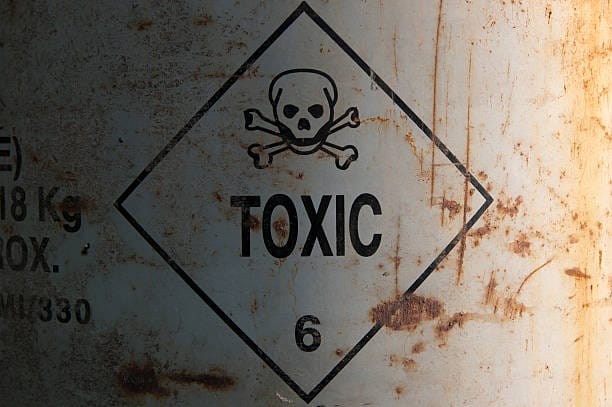

Fashion that benefits
not only your appearance,
but also your health
Slow fashion is not just about durability—it’s about how quality clothing serves us in everyday life. Natural materials like linen and organic cotton are not only environmentally friendly but also healthier for the skin, free from harmful chemicals found in synthetic fabrics.
By choosing slow fashion, you are investing in:
✔ A sustainable wardrobe with timeless, high-quality pieces.
✔ A healthier life, free from exposure to toxic chemicals.
✔ A better world, supporting ethical production and reducing waste
The Real Cost of Fast Fashion
The impact of fast fashion goes beyond the price tag. It contributes to severe environmental destruction, social injustice, and economic exploitation.
The future of fashion is in our hands. Choose wisely.
